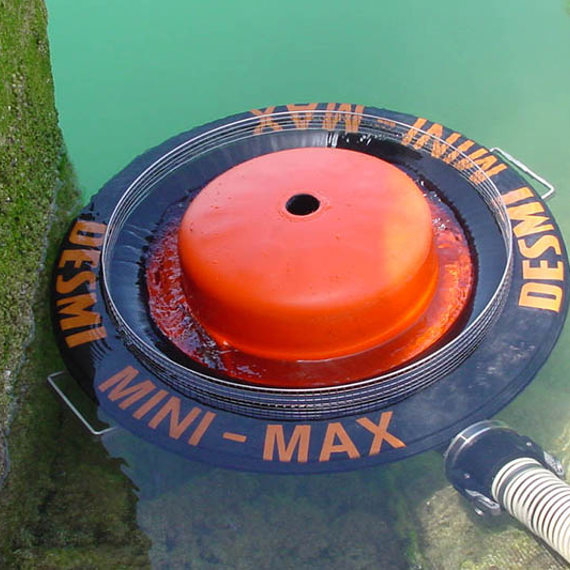
Oil Spill Solutions - Fast Water, Rivers & Lakes
Oil spill response operations are notably difficult in rivers with strong currents. Therefore, equipment must be readily at hand near the sites of operation and pre-rigged lines, cables and mooring areas are a must.

Selection of a good location to deploy the oil containment system is dependent on prior planning and understanding of the currents. Drift studies, river run-off histories, tidal current tables and charts, plus computer modelling are all useful tools to understand the flow patterns and to develop recovery strategies.
Reading the currents and flow patterns requires practice and understanding of the hydrodynamics involved. Several things may be helpful to define these patterns. Selection of a containment area where a lower current exists is desirable and this will allow wider deflection angles and reduce drag forces on the boom.
Natural collection sites should be identified and listed in the relevant contingency plans as part of the planning process to select control points for spill response operations. This can be effectively accomplished by surveying and then conducting an investigation of suitable sites by land or water.
Viable control points should have favourable currents, helpful circulation patterns and logistic support such as roads, wide-open banks, and sufficient water depth for a fully loaded vessel and good mooring selections. These sites also collect oiled debris that will complicate the collection and removal process.




